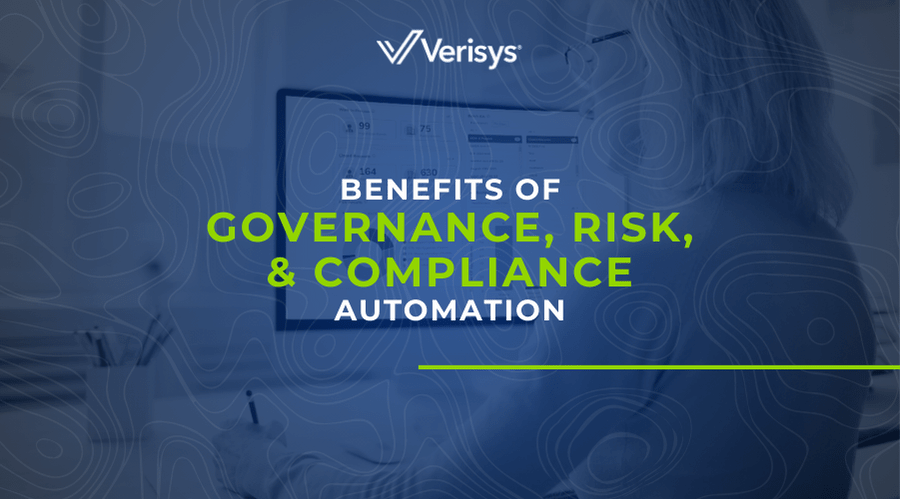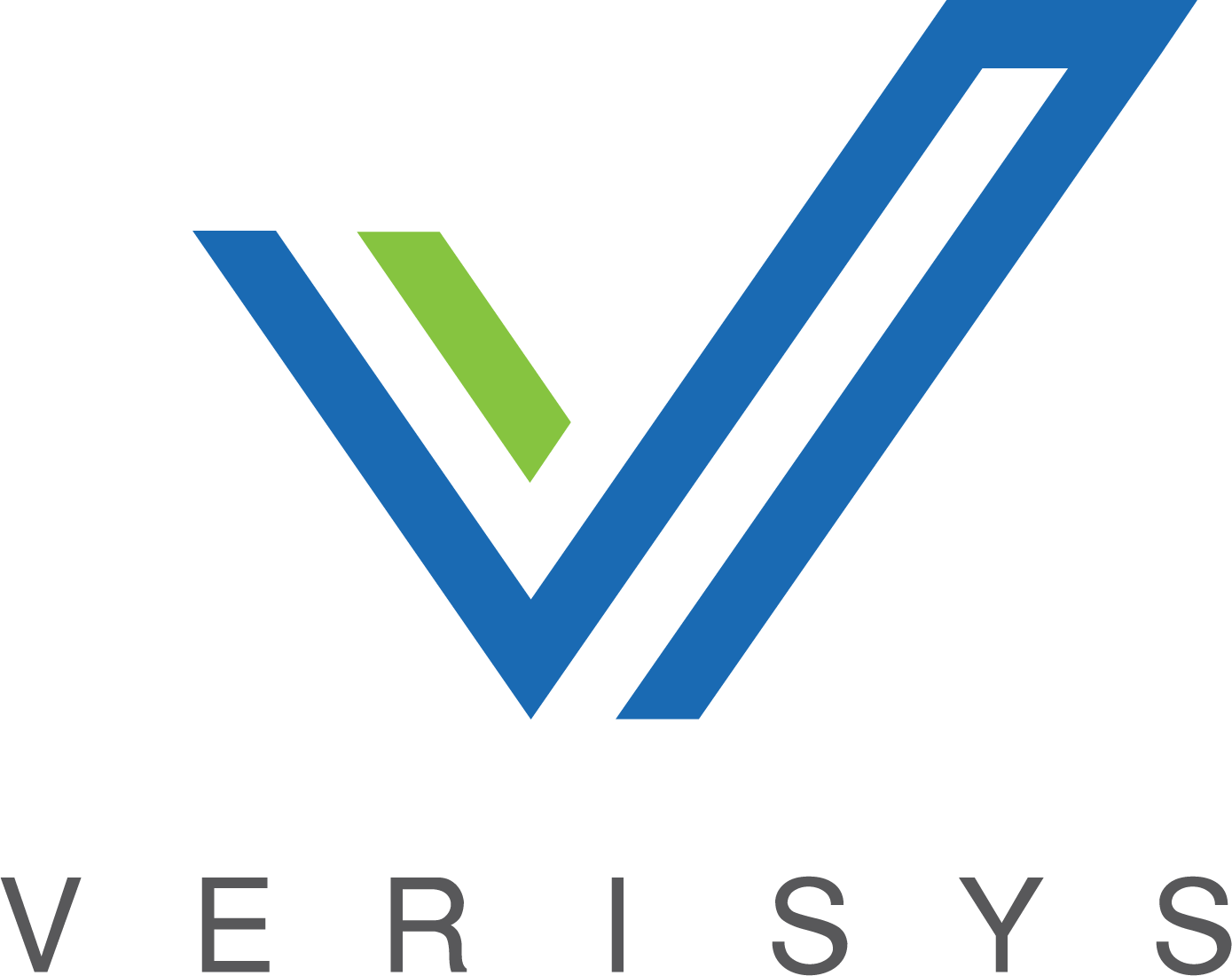– The best resource for monthly healthcare regulatory compliance updates. Compliance Updates: April 2024 Overlook: Licensure Compacts Other Legislation Board Updates Interstate Medical...


As the healthcare industry is increasingly targeted for data theft and fraud, information security has emerged as a top priority for healthcare institutions. In 2020, more large healthcare breaches were reported than in any other year since the HITECH Act mandated the publication of breaches. In 2020, over 29 million healthcare records were breached; a 25% increase from the previous year. Healthcare organizations’ increased reliance on telemedicine has led to new technological risks for the entire healthcare industry but especially for governance, risk management, and compliance (GRC) programs, creating a need for improved vigilance over data security.
Governance, risk management, and compliance programs can all be automated, providing significant benefits to healthcare organizations. Automated workflows decrease error and omissions, allow for continuous monitoring, create transparency through a comprehensive audit trail, and maintain HIPAA privacy and security. Automatic primary source verification, for example, credentialing, enrollment, and privileging, are more efficient. Automated risk management simplifies training and onboarding. Similarly, granting clinical privileges, conducting performance evaluations, securing state licensure, and onboarding new practitioners can be streamlined so that your organization can focus less on administrative processes and more on patient care.
Risk assessment officers in a healthcare institution take on many responsibilities, including paperwork, documentation, and follow-up actions. When these responsibilities are automated, it not only decreases workload but also creates more accurate and reliable assessments. Automation improves visibility into GRC processes, reduces risk with continuous monitoring, and saves time by automating complex processes (such as evidence collection). With the ability to gather information from thousands of data sources that can be verified on an ongoing basis, your risk officers can conduct assessments and identify vulnerabilities with more efficiency and lower costs.
While automation does require an initial investment, there is significant ROI in integrating automation into your GRC system. The financial returns and cost savings outweigh those initial investments. Some of the quantifiable returns include the following:
Once in place, automated systems mitigate risk and streamline processes. However, the prospect of setting up a new system can be daunting. Here’s how to begin integrating automation into your GRC program in five simple steps:
1. Define business goals. What are your company’s goals? Define them upfront, and let those goals lead your strategy and product requirements. Goals to keep in mind may include:
2. Identify and prioritize the highest threats. Your organization has limited resources. By identifying and weighing your greatest risks, your organization can allocate the appropriate number of resources and level of focus.
3. Divide and conquer. Large-scale, complex implementations can be costly and overwhelming for staff who also maintain daily operations. Find the right partner to build a GRC plan for items that take precedence (see step 1). This incremental adoption approach will minimize business disruption and increase adoption rates.
4. Target heavy administrative burden and current audit findings. Identify areas of heavy administrative burden and current audit findings and look for opportunities to relieve stress in these areas through automation. If your administrative staff is heavily burdened in a specific area, this could be a high-risk space for error. Current audit findings are also problem areas that can easily be identified and put under consideration. By targeting these areas, your organization may relieve administrative strain, allowing more time for more coordinated patient care and process improvements.
5. Incorporate automated continuous monitoring. Continuous monitoring allows your system to constantly search primary sources, even after work hours, and immediately alerts you of any potential risk, proactively identifying threats of fraud and abuse. Verisys’ FACIS® database contains millions of records from over 5,000 primary sources and can be used to monitor your provider population and staff on an ongoing basis. Continuously monitoring keeps you in compliance and prevents fraud and abuse within your organization.
Healthcare data has never been more susceptible to fraud and abuse. Healthcare organizations that should be focused on providing premium patient care are under strain to mitigate risk and remain in compliance. By taking on trusted partners, your healthcare organization can focus on what matters most while also mitigating fraud and abuse. To learn more about how to safeguard your organization and integrate automation into your GRC system, contact Verisys for a free quote.
 |
Written by Verisys Verisys transforms provider data, workforce data, and relationship management. Healthcare, life science, and background screening organizations rely on our comprehensive solutions to discover their true potential. Visit verisys.com to learn how we turn problems into power.
|